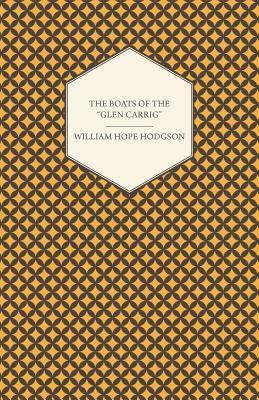What do you think?
Rate this book


206 pages, Paperback
First published January 1, 1907
Then I caught the bo’sun by the arm, and pointed; for whether it was a part of the tree or not, it was a work of the devil; but the bo’sun, on seeing it, ran straightway so close to the tree that he might have touched it with his hand, and I found myself beside him. Now, George, who was on the bo’sun’s other side, whispered that there was another face, not unlike to a woman’s, and, indeed, so soon as I perceived it, I saw that the tree had a second excrescence, most strangely after the face of a woman.
In the same instant, I found myself looking down into a white demoniac face, human save that the mouth and nose had greatly the appearance of a beak. The thing was gripping at the side of the boat with two flickering hands – gripping the bare, smooth outer surface, in a way that woke in my mind a sudden memory of the great devilfish which had clung to the side of the wreck we had passed in the previous dawn. I saw the face come up towards me, and one misshapen hand fluttered almost to my throat, and there came a sudden, hateful reek in my nostrils – foul and abominable.


